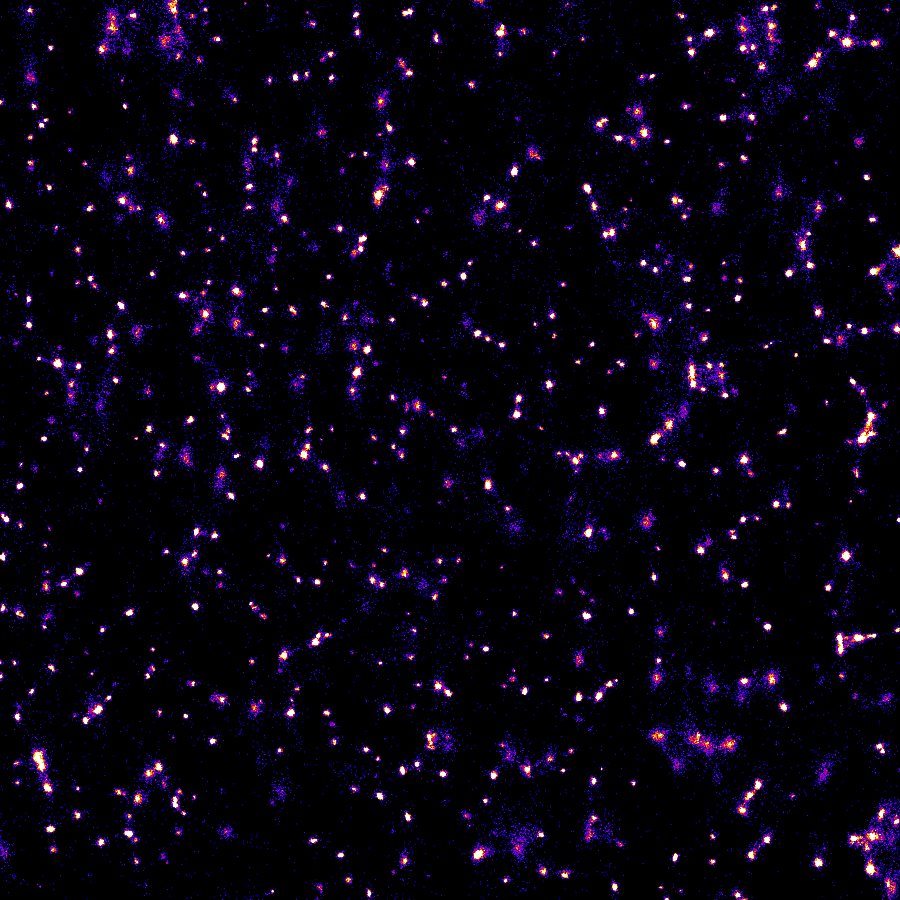A previously unknown kind of vesicle delivers proteins in cells like a bike courier in heavy traffic, researchers find.
The discovery could shed light on the mechanisms that let cells spread in diseases such as cancer, researchers say.
Researchers say the newly discovered vesicle is the first identified in 20 years and the smallest known. The discovery appears in the Journal of Cell Biology.

There are many different cell types in the body with different jobs, which the types of protein on their surfaces influence. Membrane traffic controls them—transporting proteins to the surface and taking them away and degrading them when they are no longer needed.
Vesicles are part of the membrane traffic that fulfills a number of different but tightly controlled functions inside cells, such as bringing in cargo, moving it around, and shipping out new cargo.
But the inside of a cell is incredibly busy and congested, making it difficult to transport anything inside the cell. A small vesicle would do a better job of delivering a protein cargo quickly, much like how a bike courier moves faster through traffic.
30,000 of the vesicle in 1 millimeter
The “cellular bike couriers,” named intracellular nanovesicles (INVs), are approximately 30 nanometers across—you could line up more than 30,000 of them in a single millimeter.
Previously, the smallest vesicles discovered were synaptic vesicles, found in neurons and around 40 nanometers across, although in a typical cell in the human body, the vesicles tend to be closer to 80 nanometers.
“Collectively in the field, we thought we had identified all of the vesicle types that are found in cells,” says Stephen Royle, a professor at the University of Warwick. “It turns out that there was another one and the reason that it’s been missed is because they’re very, very small.
“These vesicles have never been seen before and lot of people have focused on other vesicles, such as the long tubules in cells. But we know that when proteins reach the cell’s surface they’re not delivered in a big tube, it’s something smaller. We think it’s these INVs.”
Bike courier cells offer speedy delivery
The scientists only spotted the tiny couriers by accident while trying to trap proteins inside living cells. Normally this kind of experiment allows scientist to trap a protein of interest and any proteins stuck to it. When they trapped a protein called TPD54, instead of other proteins, they fished out the INVs.
Because of their extremely small size, the team had to use electron microscopy and the Warwick Open Source Microscope, a super-resolution light microscope—and even then the INVs were at the limits of what they could visualize at that scale.
After finding the vesicles, the team needed to make sure they were useful inside the cell. In particular, the INVs need to carry around cargo, since that is the main function of a membrane trafficking vesicle. However, the INVs also need to have the machinery to allow them to travel, to find their destination, and to fuse with the cell membrane.
“We screened the INVs for a family of proteins called Rabs, of which there are more than sixty in human cells. We found that these vesicles have lots of different Rab proteins on and each Rab is an indicator of a different compartment within the cells. By trapping the vesicles we can see these different Rabs and we know that they’re delivering to and from all these different places.”
Abundant but mysterious proteins
The team made their discovery during their investigations of the protein TDP54, one of the most abundant proteins found in our cells but one with little research.
The cell belongs to a family of proteins overexpressed in cancer. As the proteins in the membrane of a cell have to do with its ability to migrate, the researchers are now looking at whether TPDs have anything to do with the process of cancer tumors spreading to new sites.
The findings will also be useful to the biotech industry, which manufactures proteins in cells, Royle says.
“These vesicles are involved in transporting those proteins so if you’re going to make antibodies on an industrial scale, for instance, those antibodies are going to get secreted via these vesicles. A better understanding of how this process works can improve production and make it more efficient.”
The Medical Research Council funded the work.
Source: University of Warwick



